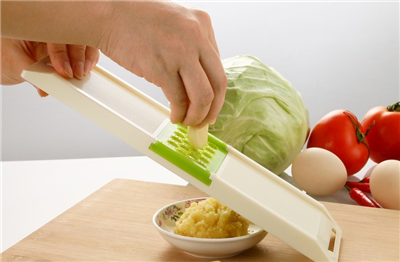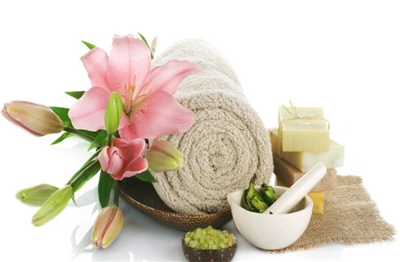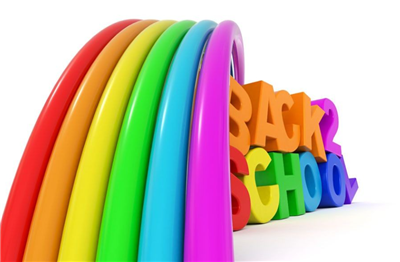法国餐桌礼仪有哪些英文(French Dining Etiquette A Guide to Table Manners in France)
France is renowned for its sophisticated culture and elegant dining experiences. French dining etiquette encompasses a set of customs and traditions that make dining in France a truly unique experience. Understanding and following these practices can enhance your dining experience and ensure you make a favorable impression. Here is a detailed guide to the key aspects of French dining etiquette.
1. Setting the Table: In France, setting the table is considered an art form. It is important to ensure that the tablecloth is perfectly ironed, the silverware is polished, and the glasses are spotless. The bread plate is always placed on the left, while the wine and water glasses are placed on the right. Napkins are usually placed on the table to the left of the forks or can be elegantly folded and placed on the plate.

2. Seating Arrangements: At a formal French dinner, the seating arrangement is carefully planned. The host usually determines the seating plan, with the most honored guests seated closest to the host. It is important to wait for the host to indicate your seat or ask the host for guidance. Sitting down before the host may be seen as impolite.
3. Bread Etiquette: Bread holds a special place in French cuisine, and there are specific rules for handling bread during a meal. Bread is typically served alongside the main course. It is considered impolite to use a knife to butter the bread; instead, tear off a small piece and butter it individually.
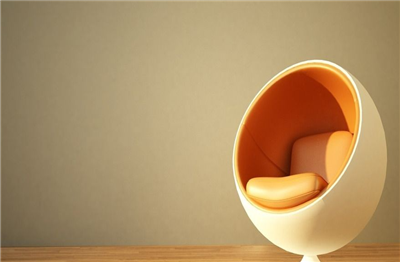
4. Ordering and Eating: When dining in a restaurant, it is customary to wait for the host to order first. In France, courses are served one at a time, starting with the appetizer, then the main course, cheese, and finally dessert. It is considered polite to finish all the food on your plate, as leaving food may suggest that the host did not provide enough or that the food was not enjoyable.
5. Wine Etiquette: Wine is an integral part of French dining culture. If you are invited to a French home, it is customary to bring a bottle of wine as a gift for the host. When drinking wine during the meal, hold the glass by the stem rather than the bowl. Additionally, it is polite to wait for a toast before starting to drink.
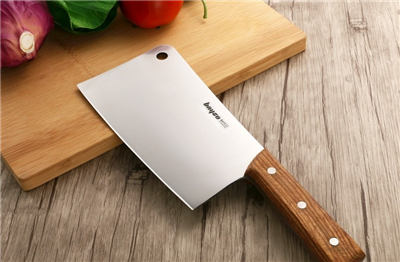
6. Conversation Etiquette: During a French meal, conversation is highly valued. Engage in polite conversation with other guests, demonstrating interest in their opinions and perspectives. Engaging in controversial or sensitive topics should be avoided. It is also customary to compliment the host and the chef on the delicious meal.
7. Time and Punctuality: In France, punctuality is crucial. Arriving on time shows respect for the host and the effort put into the meal. Being fashionably late is not appreciated, and it is considered impolite to keep others waiting.
8. Table Manners: Table manners play a significant role in French dining etiquette. Keep your hands on the table at all times, but only rest your wrists on the table edge. Avoid speaking with your mouth full and using toothpicks or dental floss at the table. It is also considered impolite to slurp soup or eat noisily.
9. Dessert Etiquette: Finally, dessert in France is a delightful experience. It is customary to wait for the host to start eating dessert before you begin. When dessert is served, use utensils rather than your hands, even if it is a finger food dessert.
10. Conclusion: French dining etiquette is steeped in tradition, reflecting the elegance and sophistication of French culture. By observing these customs, you can fully immerse yourself in the French dining experience and make a positive impression on your hosts. So, next time you find yourself dining in France, remember these rules and enjoy a truly memorable culinary journey. Bon appétit!

